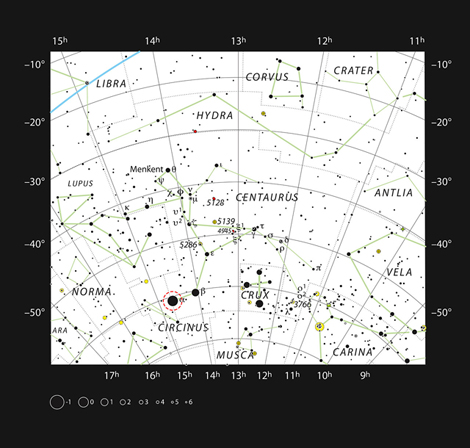Lawrence Krauss, one of our very best science writers, has penned a fine article describing the aesthetic significance of the recent LIGO discovery of gravity waves. It is a short article, full of wonder at the accomplishment and its implications. I urge you to go and read it. It is entitled Finding Beauty in the Darkness and appeared in the Sunday Review section of the New York Times on 14 February 2016.
Albert Einstein
Such a near perfect piece needs no review from me, but I don’t mind stealing some of Krauss’ text. These brief passages fit the “wonders” side of the “wonders and deception” theme that is the backbone of this blog. So I just cannot resist.
Krauss writes….
To detect the signal they observed they had to be able to measure a periodic difference in the length between the two tunnels by a distance of less than one ten-thousandth the size of a single proton. It is equivalent to measuring the distance between the earth and the nearest star with an accuracy of the width of a human hair.
Given that the nearest star, Alpha Centauri (sometimes known as Rigel Kent) is 4.37 light years away — 4.134 x 1013 km, that’s an astonishing level of accuracy. These days, I need my glasses to see a human hair at arm’s length. There is something almost insane about the fact that we are able to perform such measurements. But nature is not to be outdone by humans, as Krauss’ next wonder is even more amazing.
Alpha Centauri Star Map
The event that LIGO actually detected was collision of two black holes. Krauss describes the energy unleashed by that event:
The two black holes that collided, which the LIGO experiment claimed to have detected, were immense. One was about 36 times the mass of our sun, the other, 29 times that mass. The collision and merger produced a black hole 62 times our sun’s mass. If your elementary arithmetic suggests that something is wrong, you’re right. Where did the extra three solar masses disappear to?
Into pure energy in the form of gravitational waves. Our sun will burn for 10 billion years, with the intensity of over 10 billion thermonuclear weapons going off every second. In the process, only a small fraction of its total mass will be turned into energy, according to Einstein’s famous equation, E=mc2. But when those black holes collided, three times the entire mass of our sun disappeared in less than a second, transformed into pure energy. During that time, the collision generated more energy than was being generated by all the rest of the stars in the observable universe combined.
It’s big number time again: “…all the rest of the stars in the observable universe combined…”. Now that is a big number. A quick query to Wolfram|Alpha informs us we’re talking a lot of stars: 3 x 1023 to be precise.
Well, given that it was Krauss who started splitting hairs above, if we are going to be accurate, it is 3 x 1023, minus the two black holes that collided…. ….and these two guys outshone the lot.
But Krauss is not really setting out to dazzle us with numbers, and instead is making a point about wonder and the human spirit. He ends his article with this lovely passage:
Every child has wondered at some time where we came from and how we got here. That we can try and answer such questions by building devices like LIGO to peer out into the cosmos stands as a testament to the persistent curiosity and ingenuity of humankind — the qualities that we should most celebrate about being human.
It is a wonder.


